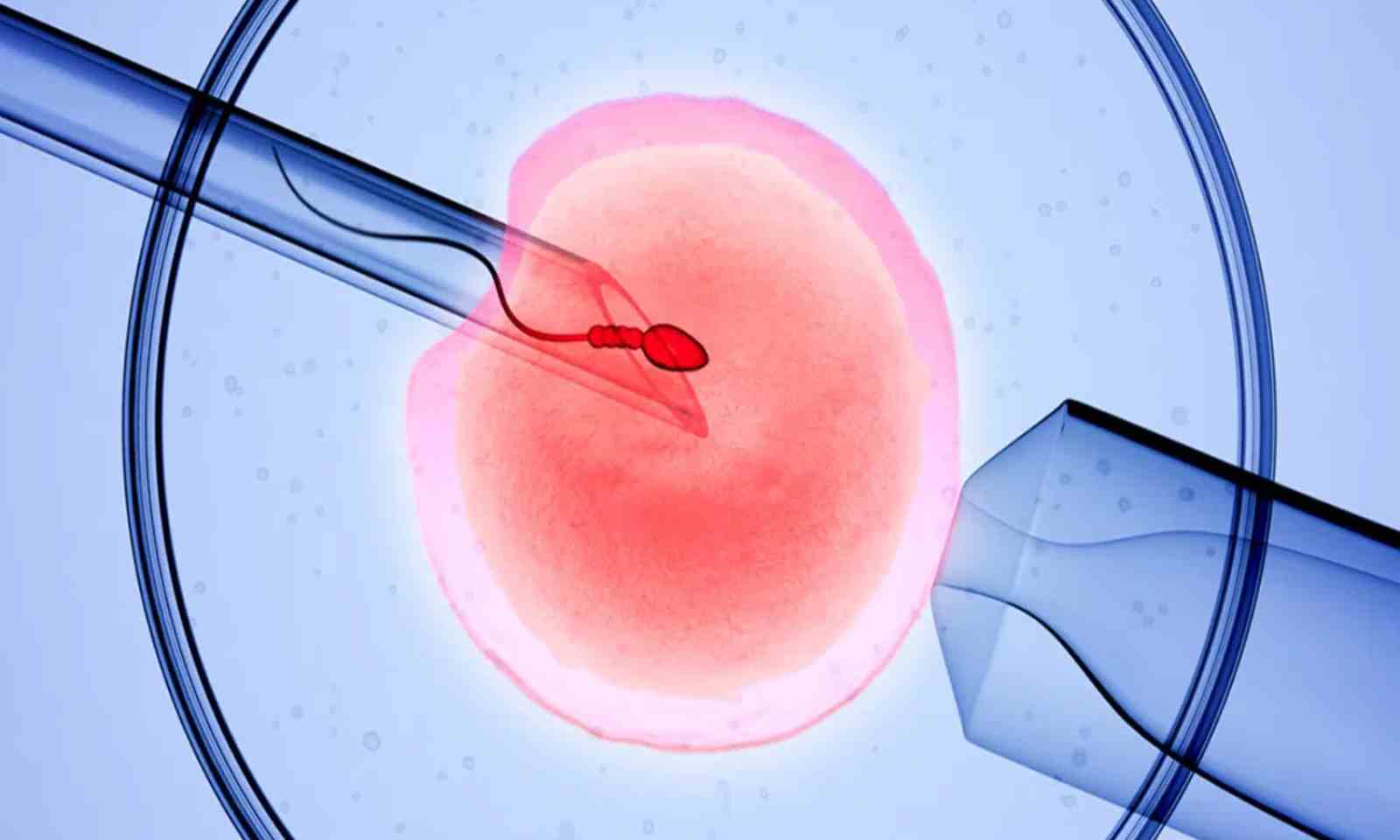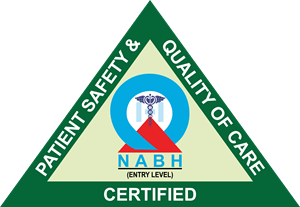Overview
In vitro fertilization (IVF) is a sophisticated set of treatments intended to improve fertility, avoid genetic issues, and aid in child conception. IVF involves removing mature eggs from ovaries and fertilizing them in a laboratory using sperm. The fertilized egg (embryo) or eggs are then transferred into a uterus. IVF takes roughly three weeks to complete one entire cycle. The process can take longer if these are occasionally divided into separate steps. The assisted reproductive technology with the highest success rate is IVF. A couple’s eggs and sperm may be used in operation.

Why it's done
In vitro preparation (IVF) treats barrenness or hereditary issues. On the off chance that IVF is performed to treat fruitlessness, you and your accomplice could attempt less-obtrusive treatment choices before endeavoring IVF, including ripeness medications to expand the creation of eggs or intrauterine insemination. In this method, sperm are set straightforwardly in the uterus close to the hour of ovulation.
Fallopian tube damage or blockage: Fallopian tube harm or blockage makes it hard for an egg to be treated or for an incipient organism to head out to the uterus.
Ovulation disorders: On the off chance that ovulation is rare or missing, fewer eggs are accessible for treatment.
Endometriosis: Endometriosis happens when tissue like the covering of the uterus embeds and develops beyond the uterus — frequently influencing the capability of the ovaries, uterus, and fallopian tubes.


